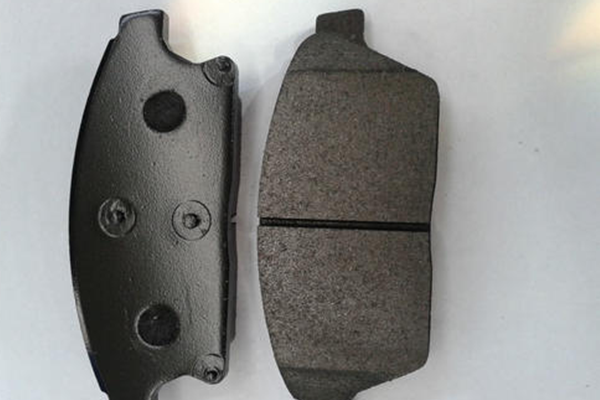Do you know the performance requirements of brake pads? This issue of automobile brake pad manufacturers will give you a detailed introduction, if you are interested, let's read it together! Brake pads are usually composed of steel plates, bonded insulation and friction blocks. Brake pads are usually composed of steel plates, bonded insulation and friction blocks. In the traditional manufacturing process, the friction material used on the brake pad is a mixture of various adhesives or additives, and fibers are added to it to increase its strength and play a reinforcement role. Brand manufacturers of brake pads often remain silent on the release of the materials used, especially new formulations. Of course, certain ingredients such as mica, silica and rubber chips are disclosed. The final effect of brake pad braking, wear resistance, temperature resistance and other properties will depend on the relative proportions of different components. Generally, the basic requirements of brake pads mainly include wear resistance, large friction coefficient and excellent thermal insulation performance.
1. High performance:
High friction coefficient (the friction coefficient of Jinqilin ceramic brake pads is 0.45, which belongs to high friction coefficient brake pads), high temperature resistance, excellent performance at high speed and high temperature driving, braking effect and braking comfort at high speed and driving During the high temperature driving is good.
2. Security:
Low thermal attenuation, good recovery performance, braking performance on mountain roads and under high temperature and high speed conditions will not decrease. It greatly improves the safety of the vehicle. Very suitable for use in mountainous areas, high speeds and various other road conditions!
3. Comfort:
The braking is comfortable, no noise, no pollution, and the braking is balanced.

4. Reasonable service life:
In ordinary non-modified vehicles, under normal driving conditions, the service life of the front brake pads is 30,000 to 50,000 kilometers, and the service life of the rear brake pads is 80,000 to 100,000 kilometers. The service life of the front brake disc is 60,000-100,000 kilometers. Of course, the life of brake pads and brake discs of cars that travel frequently in mountainous areas is much shorter.
5. Reduce the powder drop rate
Friction coefficient of brake pads
The friction coefficient of a brake pad refers to the ratio of the friction force between two surfaces to the vertical force acting on one surface. It is related to the surface roughness and has nothing to do with the size of the contact area. According to the nature of motion, it can be divided into dynamic friction coefficient and static friction coefficient. The most important performance index of brake pads is the coefficient of friction.
The braking friction coefficient specified by the national standard is between 0.35-0.40. The friction coefficient of qualified brake pads is moderate and stable. If the friction coefficient is less than 0.35, the safe braking distance will be exceeded, and the braking will even fail during braking. If the friction coefficient is greater than 0.40, the brake may suddenly lock up and cause a rollover accident. An inspector from the National Non-metallic Mineral Products Quality Supervision and Inspection Center said: The national standard stipulates that the friction coefficient of 350 degrees should be greater than 0.20.